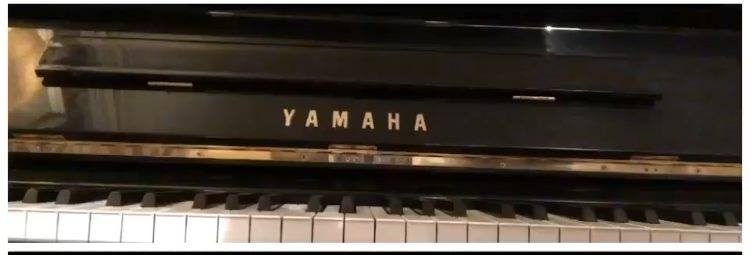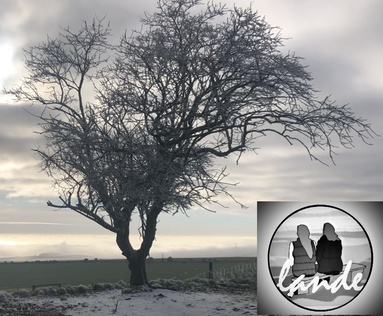|
In the journal articles that I edit, I sometimes have to renumber Vancouver-style references that are out of sequence in the text for one reason or another and consequently need to be renumbered. This task can’t be automated fully, but having a renumbering system in place, and reducing the amount of typing you have to do, will make the process less painful and error prone.
0 Comments
I keep shortcuts to some of Word’s table tools on my Quick Access Toolbar as I find that it’s often handy to be able to convert text into a table, and convert text that is in a table back into plain text.
For a change, this week has been eventful mostly because of things that have happened outside of work (and family) ... Our solar panels have finally been connected to a battery and are now more than decorative – not sure that it's the time of year to assume that they will get us through the next power cut, but it's a start – and we had friends round for dinner for the first time in years. The following evening my friend and I went off to do our first open-mic evening at one of the local pubs. I play the piano and Laura sings, and we got "together" during the first lockdown to do some songs together. We each recorded our parts and then mixed the tracks together to get the finished product. We've been enjoying ourselves and the music (which we have managed to do in person a few times), and we thought we'd go and see if other people would enjoy listening to us. We managed to contain our nerves and the handful of songs that we played went down very well. We have been preparing a few songs to put on Spotify – they're quite chilled, so very suitable to listen to on a Friday evening after a busy week. Have a listen, and let me know what you think! Click here to listen. Post first published on LinkedIn on 12 November 2021. There are a few ways to apply Word styles to your text. As always, you might find that you find it more convenient to use different methods at different times. This post outlines some of the options for applying Word styles.
How do I know which Word Style I'm using, or which Style has been used, for a particular piece of text? Here are four different ways of finding out which Word Style(s) are being used, with tips for tracking down the source of other text oddities.
Most people have used Word, but how many people use all of its functions? Very few, I suspect. I imagine that I use more Word features than most but I am still discovering new features – some more useful than others. There are a lot of tools packed into Word and it takes some time to get to grips with them all. Editors spend a lot of time talking about macros and getting to grips with macros will increase the number of tasks you can automate (see my macro baby steps series if you want to take the plunge), but you can make your editing life a lot easier just by using the tools that are already built into Word.
On your Word ribbon, tucked away at the top right-hand corner of the Paragraph group, you will find this symbol ¶. Hover your mouse over it, and it says “Show/Hide ¶ – Show paragraph marks and other hidden formatting symbols”. Click on the symbol and all the “characters” that you don’t usually see appear.
Word Styles are one of Word’s (many) hidden secrets. Everyone who has used Word will have seen them – Styles is one of the biggest groups on the Ribbon – but apart from being able to “mess” up your text with one accidental click, what do Word Styles actually do?
|
Details
AuthorAndrea at Yours Truleigh Editing Archives
November 2023
Categories
All
|


 RSS Feed
RSS Feed